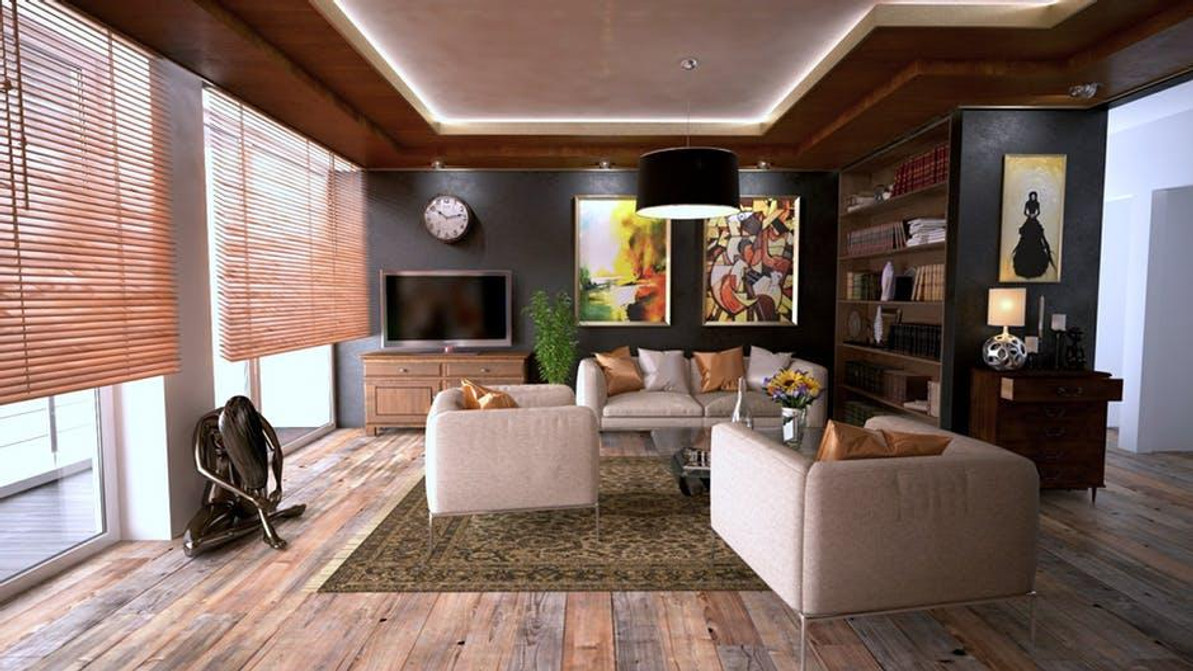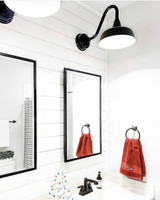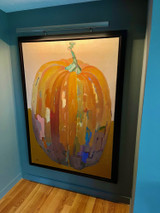Turning Your Interior Design into an Art-Filled Environment is a No-Brainer
Turning Your Interior Design into an Art-Filled Environment is a No-Brainer
Art is essential in providing color, emotion, and purpose in any room. Turn a bland space into an artistic sanctuary by adding the right works in the right places. For some, picking the best pieces can be stressful. Having several options to pick from and not knowing which paintings are best suited for a space are common reasons for the latter concern.
However, incorporating art into your home can be a simple (and fun) task. Here are some tips you can use to amp up your interior space with art:
1. Reflect your personality.
Some have the misconception that choosing a work of art is all about opting for serious, mature themes such as a landscape or portrait painting or other work of art. Don’t be fooled! Choosing paintings that appeal to you personally – whether abstract or realistic – is far more important in making your room aesthetically pleasing. After all, it is your space, so let it reflect who you are, how you feel, and what you believe.
Many are afraid to let their true self shine too much through the art they choose for an interior space, but art is all about self-expression. You can still add funky pieces to a serious space and make it work. Experimentation with art never hurts.
2. Use artwork as a focal point.
This next piece of advice is especially potent for spaces with no true emphasis. Many tend to use their fireplace or even their television as a focal point, but art can do it too – and often do it better. Opting for a bold painting or large piece of art can be attractive in an interior design, whether traditional or modern.
It is important to keep in mind that a focal point does not have to be placed at the center of a room. A focal point can be created as long as there is something there to draw the eyes. Think of a focal point not as a distraction but as an attention-grabber. The amount of attention you wish to grab is up to you depending on the color scheme, size, and theme of the works you choose.
3. Complement, don’t match.
Another thing people often get wrong when amping up their interior space is with colors. Many often try to match every color in the room. However, using a combination of complementary and contrasting pieces of art is the best approach as it gives works of art a special place in a room.
Having art match the rest of the room doesn’t make sense. It gives the intent that it has the same purpose of the rest of the room. Good art should stand out and be a distinct component from everything else. Matching things is good for providing balance, but adding contrasting or complementary colors adds some pop and variation.
Additionally, multiple artworks don’t have to match either. As long as two pieces look great together, there isn’t a need for them to “make sense” as a unit or to be similar.
4. Mix up your art by size, placement, color, and style.
As with other areas of design, artwork doesn’t all have to be one size, placement on the wall, color, or style. Switching things up and placing some paintings higher and others lower on the same wall as well as opting for pieces of different colors and sizes – some skinny and some perfectly squared – is a great idea when opting for an art wall.
Even choosing different frame colors and thicknesses for your pieces of art can provide eclectic flair. Also consider opting for paintings composed of different mediums, features, or textures. Be creative when mixing up your artwork to fulfill the vision you want your interior design to have. You can be as serious or as playful as you wish.
5. Know how to protect your pieces to ensure they maintain their beauty.
Choosing the best works of art is not just about aesthetics. Equally as important – if not more – is ensuring the media used in your works of art is something you can protect and maintain as some mediums are more demanding than others in this regard. Watercolors, prints, photographs, and pieces completely on paper are extra delicate. Only opt for works you know you can care for and will care for. Do your research beforehand.
Choosing not to care for your art can potentially damage your works with time. Sunlight, heat, dust, dirt, and other elements can all permanently fade colors and distort your prized pieces.
Search for ways you can protect your particular pieces, from UV protection sprays, to lamination, to special frames that have UV-blocking glass or acrylic, to UV blockers that one can place on their room’s windows. When it comes to cleaning your works of art, stay away from liquids, and opt for microfiber cloths or dusters to lightly clean your pieces. Something as simple as this can keep your pieces looking as spiffy as they did from day one.
6. Highlight your works of art with the right lighting.
One of the last essentials in incorporating art into your interior design is considering choosing a picture light to illuminate your pieces. A picture light or lamp can bring extra liveliness and emphasis to a piece of art. It also ensures your favorite piece is viewable at all hours of the day, all while bringing out every last detail in a work for optimal enjoyment. The fixture itself – from its color to its style – can make your artwork pop even more.
Of course, a picture light is not all about style. Protecting your artwork is still integral. When picking the right bulb for your fixture, ensure it does not give off high amounts of heat or UV radiation. While bulbs provide artificial light, heat and UV rays can damage artwork just as natural sunlight can. With this in mind, be cautious and be informed of the media your piece is composed of. Some mediums such as oils and acrylics are more resilient to UV rays, but extra protection never hurts.
If you’d like to scope out stylish picture lights with a variety of colors and sizes, one essential source is Cocoweb.com. Cocoweb allows you to customize any number of pieces to best suit your interior design and work of art. Best of all, Cocoweb has thousands of fixtures equipped with LED bulbs. LED bulbs give off very little heat, UV and infrared rays, and energy. With that said, they are also efficient, reliable, and less likely to damage delicate works of art the way other bulbs might.
Conclusion
Choosing artwork for a room is all about what you love. Reflecting your personality through the pieces you choose and using art as a focal point are essential in making an interior design come together as its meant to. Complementing your pieces to the rest of the room and mixing things up are just as potent. In finalizing the art in an interior space, understanding the methods of protecting your works of art and knowing how to best light up artwork are integral components in ensuring art is the main component of your space.
As a final word of advice, don’t be scared. Just go for it! If it feels right, you can’t go wrong when it comes to art.
Recent Posts
-
Playing in the Spotlight: The Power of Piano Lights
There's something magical about playing the piano under the spotlight. The music resonates through t …15th Apr 2024 -
Choosing the Right Bathroom Lighting: Tips for Creating a Spa-Like Retreat
In the realm of home design, bathrooms often serve as sanctuaries—places where we start and end our …25th Mar 2024 -
Our Picture & Art Lights Bring Your Artwork To Life!
Art has the power to captivate, inspire, and evoke emotions. Whether you're an avid art collector or …14th Feb 2024




